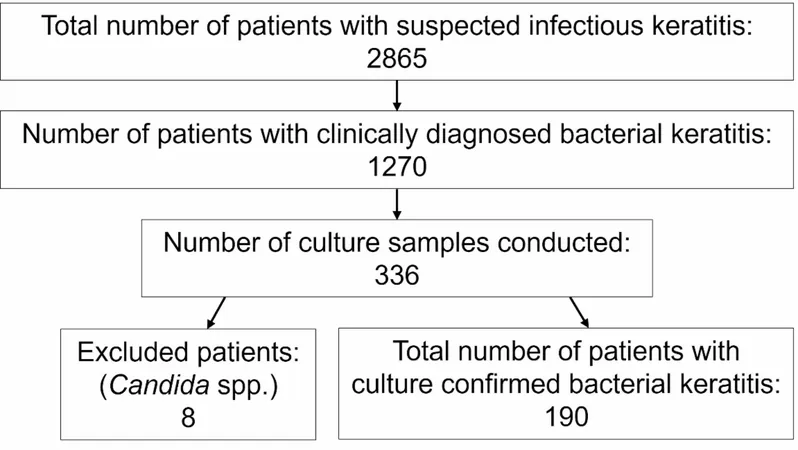
Alarming Trends: Type 2 Diabetes Rates Plummet for Some Australians but Surge Among Immigrants
2024-10-09
Author: Rajesh
Exciting new research reveals a significant decline in the incidence of type 2 diabetes among Australian adults since 2010. However, this positive trend starkly contrasts with the rising rates observed in Australians born in regions such as Asia, North Africa, the Middle East, and the Pacific Islands. This disparity highlights a growing health crisis that demands urgent attention.
A groundbreaking study published in the Medical Journal of Australia indicates that from 2010 to 2019, the overall incidence of type 2 diabetes steadily decreased across various demographics in Australia—across age, gender, socio-economic status, and geographical location. Yet, individuals from certain ethnic backgrounds are experiencing an alarming uptick in diabetes cases.
Professor Dianna Magliano, head of the Diabetes and Population Health Lab at the Baker Heart and Diabetes Institute and the study's lead author, emphasizes the necessity for targeted prevention strategies. "It's fantastic news that we are successfully reducing overall type 2 diabetes cases in Australia," she stated, "but with over 30% of our population born overseas as of 2023, we need tailored approaches that acknowledge the heightened risks faced by culturally and linguistically diverse groups."
The decline in diabetes cases in Australia mirrors trends seen in other affluent nations, according to Professor Magliano. However, the troubling rise in cases among recent immigrants aligns with alarming increases in diabetes prevalence documented in the Pacific Islands, the Middle East, and South Asia, where lifestyle changes and dietary habits have markedly shifted.
So, what’s causing this positive trend in overall incidence coupled with growing risks for some? Professor Magliano suggests that several strategies may be contributing factors. Notably, the reduction in sugar-sweetened beverage consumption among Australians could play a crucial role in decreasing diabetes rates. "Health education and public awareness are vital—people are making healthier choices, and it shows," she remarked.
Additionally, the transition from traditional oral glucose tolerance testing to more precise HbA1c testing for diabetes screening might be influencing the statistics, allowing for earlier detection and better management of the disease.
In recognition of these emerging health challenges, the Baker Heart and Diabetes Institute has actively contributed to policy discussions, advocating for comprehensive diabetes prevention measures. Their submission to the Federal Government's Parliamentary Inquiry into Diabetes has led to a pivotal report by the House Standing Committee on Health, Aged Care, and Sport. The report features 23 vital recommendations focused on enhancing diabetes prevention and awareness of high-risk factors.
As type 2 diabetes continues to pose a significant threat to public health, this expedition towards understanding and addressing the complex interplay of risk factors will be crucial. Policymakers, health professionals, and community organizations must unite to forge a path forward that prioritizes equitable health outcomes for all Australians, regardless of their background. Keep an eye on this evolving narrative—it’s not just a statistic; it’s lives at stake.



 Brasil (PT)
Brasil (PT)
 Canada (EN)
Canada (EN)
 Chile (ES)
Chile (ES)
 España (ES)
España (ES)
 France (FR)
France (FR)
 Hong Kong (EN)
Hong Kong (EN)
 Italia (IT)
Italia (IT)
 日本 (JA)
日本 (JA)
 Magyarország (HU)
Magyarország (HU)
 Norge (NO)
Norge (NO)
 Polska (PL)
Polska (PL)
 Schweiz (DE)
Schweiz (DE)
 Singapore (EN)
Singapore (EN)
 Sverige (SV)
Sverige (SV)
 Suomi (FI)
Suomi (FI)
 Türkiye (TR)
Türkiye (TR)